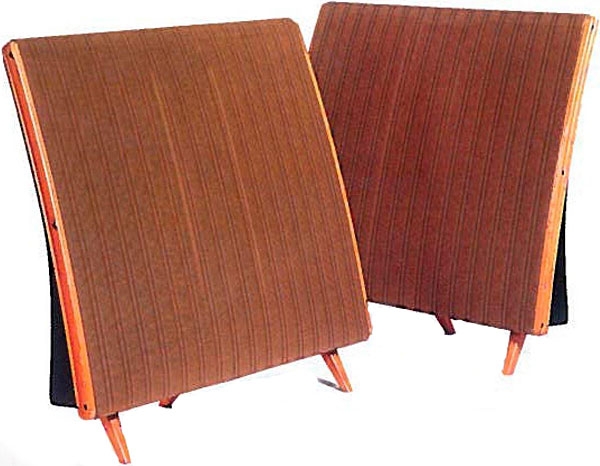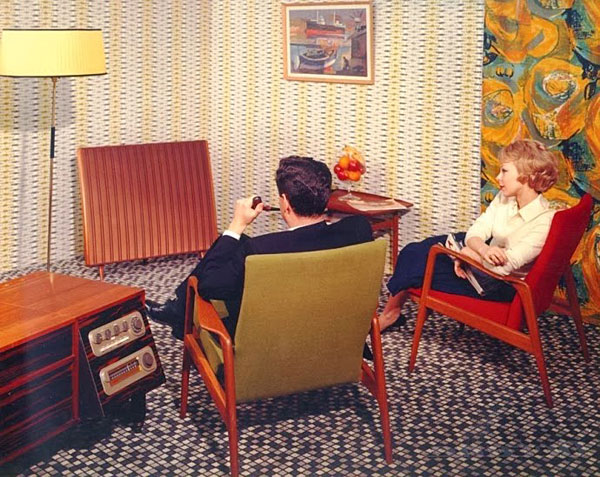| Columns Retired Columns & Blogs |
I bought my pair in 1976. They are still in use and I've not had anything done to them. Two things puzzle me.
1. Why some people have claimed they lack bass. Since they were favoured by organists (even at the time I bought mine) how can that be?
2. Why are people claiming that most of these speakers are either dead or "barely working" now? All I can assume is that they have been abused. One of the two guys who delivered my speakers said he had blown his. I think he had connected one of QUAD's more powerful amplifiers to it.
I think there might have been a third criticism: lack of loudness. That set me wondering how big the complainer's living room (or listening room) might be. The size of the Albert Hall? When I played LPs I mostly turned the pre-amp loudness control to 6. With CDs it was usually 4. I now have the smallest living room I've ever owned (4.46 metres wide, 7 metres long) and only need as h high as 4 for a relatively quiet CD (such as a Paul O'Dette solo). I don't play LPs any more.







































